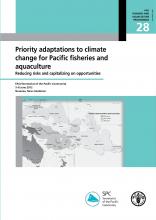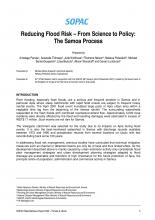Indigenous Control of Tropical Rain-Forest Reserves: An Alternative Strategy for Conservation

Island and Ocean Ecosystems
Cox, Paul Alan
,
Elmqvist, Thomas
1999
Several mechanisms have been used to acquire land for tropical-forest reservations. Legislative designation of National Parks on government-owned land, condemnation of private land, debt swaps, and outright purchase of private lands for reserves may, however, be inappropriate strategies in areas occupied by extant indigenous populations. In areas where indigenous peoples have a strong conservation ethic, the creation of reserves under partial or complete aboriginal control represents a viable alternative to the more traditional forms of land acquisition. Recently, three significant rain-forest reserves were created in Samoa using alternative strategies. 1) A US National Park in American Samoa involves the long-term lease of customary lands with local chiefs forming an advisory board on park policy; 2) in the Falealupo peninsula in Western Samoa, a covenant was established between the villagers who pledged to preserve and manage a large rain forest and private donors who provided funds for the construction of an elementary school; 3) in Tafua, Western Samoa, a covenant was established between the village, which vowed to preserve and manage the forest, and the Swedish Society for Nature Conservation (SNF) which provided funds for an elementary school and public works. These reserves suggest that under indigenous control robust solutions to the problems of rain-forest preservation can be achieved.




